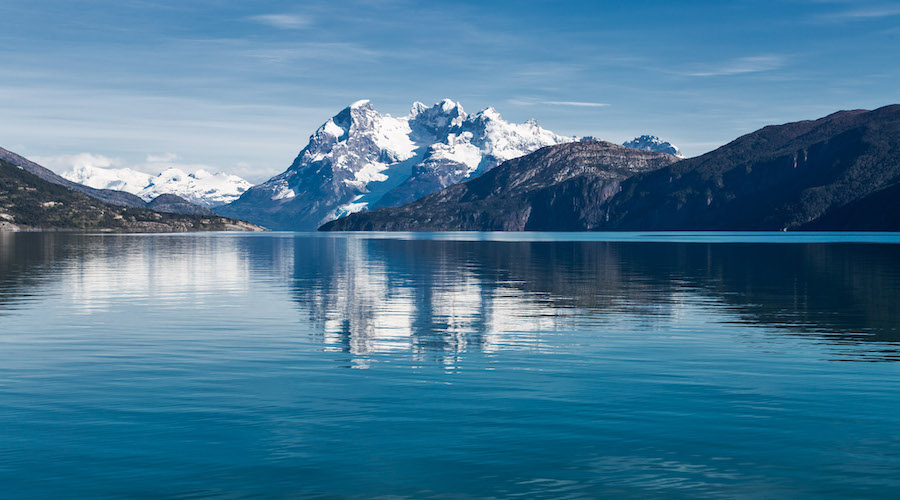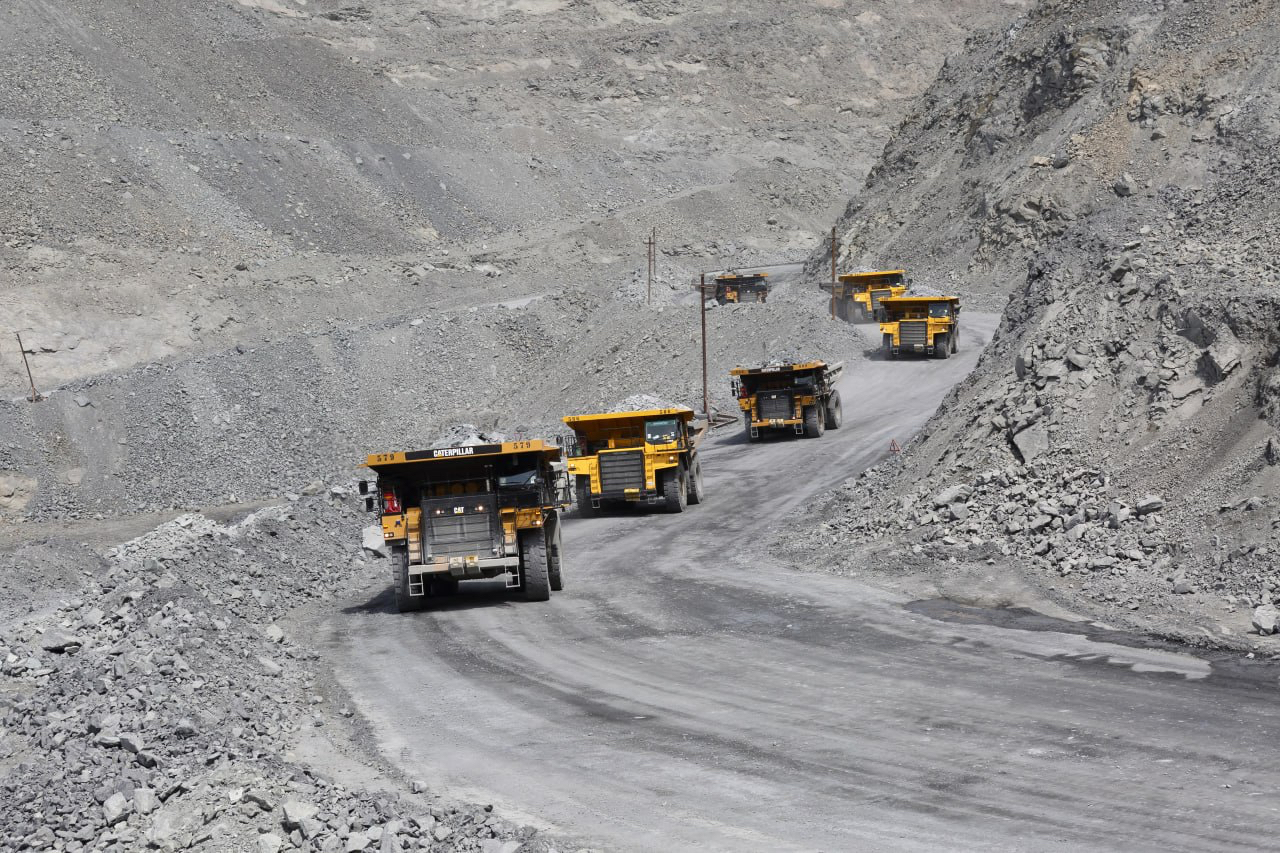Chile’s ruling party advocates for exempting mining from glacier regulations

Representatives of Chile’s ruling party Chile Vamos defended this weekend a government proposal to allow mining companies to operate on rocky glaciers that are not listed in the national system of wild protected areas.
A number of senators talked to Bío Bío radio following their presentation before the senate’s Mining and Energy Commision, where a new glacier law is being discussed. At present, most of Chile’s glaciers are not protected and any development activities carried out on or around them are treated on a case-by-case basis.
According to senator David Sandoval, who is a member of the Environment Commission, a total ban on industrial activities on and around glaciers would leave close to 30,000 people unemployed. He advocated for the regulation to be compatible with the mining industry while at the same time ensuring that the latest technology is used to minimize environmental impacts.
Glaciers cover some large copper deposits in Chile, the world’s top producer of the red metal. By the end of 2019, the Andean country is expected to have produced about 6 million tonnes of copper, a figure that should rise by 30% over the next 10 years, according to the country’s state copper agency, Cochilco.
Over 7 million people that live in and around Chile’s capital city rely on the glaciers to feed most of their water supply in times of drought
In the view of senator Rafael Phohens, as it stands right now, the bill protects most glaciers. The politician, who is a member of the Mining Commision, said that the proposed law is based on scientific studies conducted by a number of experts on the subject.
“White glaciers, glaciers that are hidden or buried underground, and rocky glaciers are protected. There is not a single chance that these [glaciers] are touched by mining companies in the future.”
As it stands right now, the bill considers any violations of the rules to be crimes.
“What the law doesn’t contemplate is permafrost and periglacial areas,” Sandoval said.
In the opposition, however, one of the proponents of the law, senator Guido Girardi, said it is important to determine whether the experts consulted have conflicts of interest. “It is not the same to ask a scholar from the University of Chile, who conducts free and independent research, and to ask experts that may have an opinion but who work for mining companies or other types of industries that would be in conflict [with the proposed law],” Girardi said
Chile hosts 80% of South America’s glaciers and environmentalists have been saying for years now that its 24,114 ice mountains are endangered by nearby mining operations.
According to Gino Casassa, head of the Glaciology and Snow Unit at Chile’s National Water Directorate, the country’s ice mass is now retreating one meter per year on average. In his view, by the end of the century, the total volume of all glaciers in Chile will have shrunk by half.
Over 7 million people that live in the greater Santiago area rely on the glaciers to feed most of their water supply in times of drought, while 70% of the country’s population of 18 million lives in areas whose water supply is greatly influenced by glaciers.
More News
{{ commodity.name }}
{{ post.title }}
{{ post.date }}



Comments